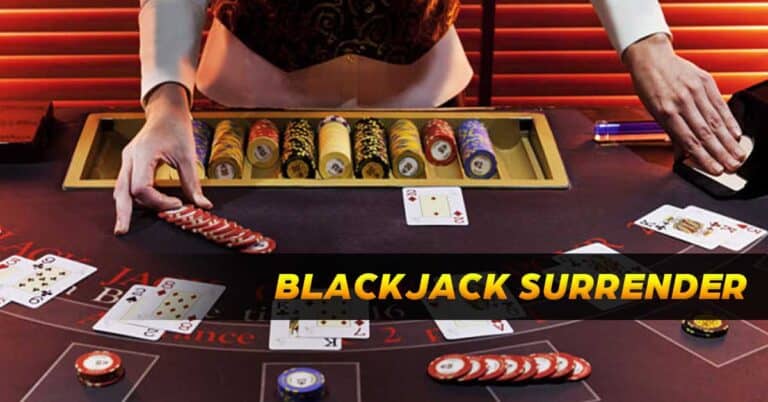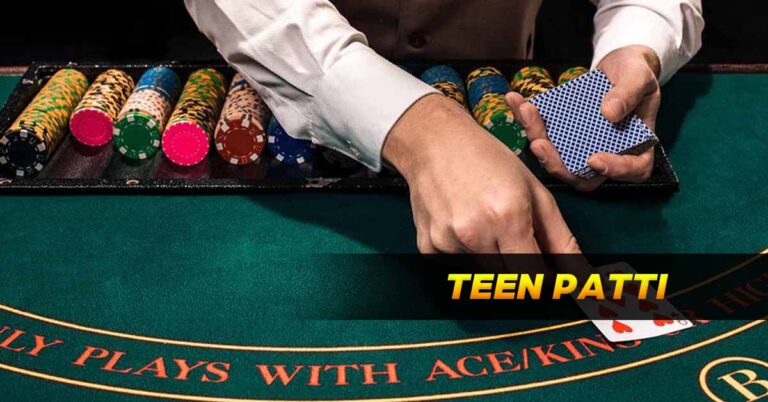Baccarat Strategies: Enhancing Your Odds of Winning
Baccarat is a popular casino game known for its simplicity and elegance. While it is largely a game of chance, several strategic approaches can help players make more informed decisions and potentially increase their chances of winning. In this article, we will explore a variety of baccarat strategies that players can employ to enhance their gameplay experience.
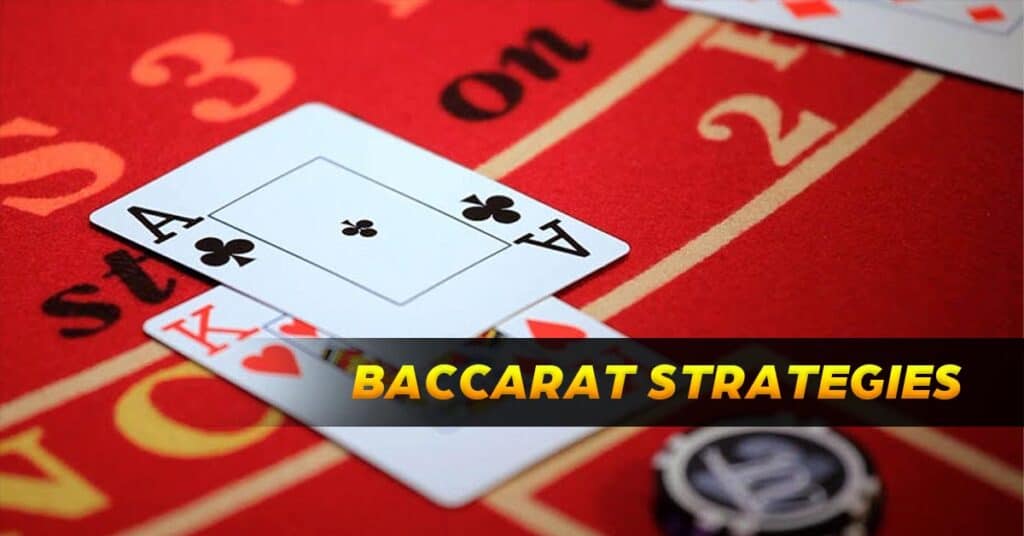
Understanding Baccarat Basics
Baccarat, a game renowned for its elegance and simplicity, is a casino classic that has captured the attention of players around the world. Before delving into advanced strategies, it’s essential to establish a strong foundation in the basic rules and concepts of baccarat.
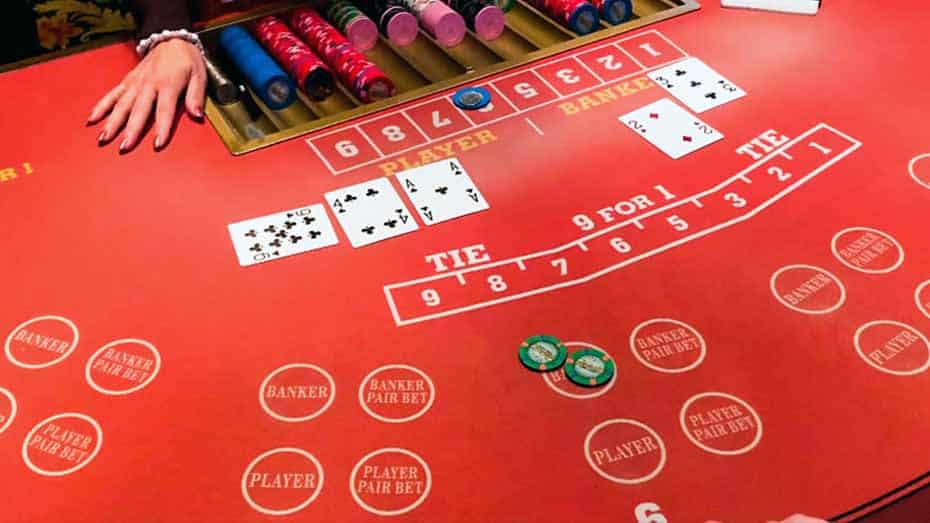
The Objective of Baccarat
At its core, baccarat is a comparing card game between two hands: the “player” and the “banker.” The primary objective is to bet on which hand will have a total closest to 9, or whether the outcome will result in a tie.
Card Values
Understanding the values assigned to different cards is fundamental to playing baccarat. Cards 2 through 9 retain their face value, while 10s, jacks, queens, and kings are worth 0 points. Aces hold a value of 1 point.
Hand Total Calculation
In baccarat, the hand total is calculated by adding the values of the individual cards. However, if the total exceeds 9, only the second digit is taken into account. For instance, a hand consisting of a 7 and an 8 (summing up to 15) would have a total of 5 in baccarat.
Player and Banker Hands
In each round, two hands are dealt: one for the “player” and one for the “banker.” Players can bet on either hand winning or on a tie. The term “player” doesn’t refer to the actual player; it’s just a designation for one of the two available hands.
Third-Card Rule
While the basic rules are straightforward, the third-card rule introduces complexity. Depending on the initial hand totals, a third card may be drawn for the player’s or banker’s hand. Understanding the conditions under which a third card is drawn is essential for making informed bets.
Natural Win
If either the player or banker hand has a total of 8 or 9 after the initial two cards are dealt, it’s considered a “natural” win, and no additional cards are drawn. In this case, the hand closest to 9 wins.
House Edge
Every casino game has a house edge, indicating the casino’s advantage over players. In baccarat, the house edge differs based on the bet type: 1.06% for the banker bet, 1.24% for the player bet, and a considerably higher 14.4% for the tie bet.
Betting Strategies in Baccarat: Boosting Your Winning Odds
In the realm of Baccarat, players have access to diverse betting strategies to amp up their casino success. Although luck retains its influence, the implementation of a carefully crafted betting strategy can significantly alter your gameplay outcome. Within this segment, we delve into a selection of widely recognized and impactful betting strategies employed by experienced players to optimize their victory potential in the game of Baccarat.
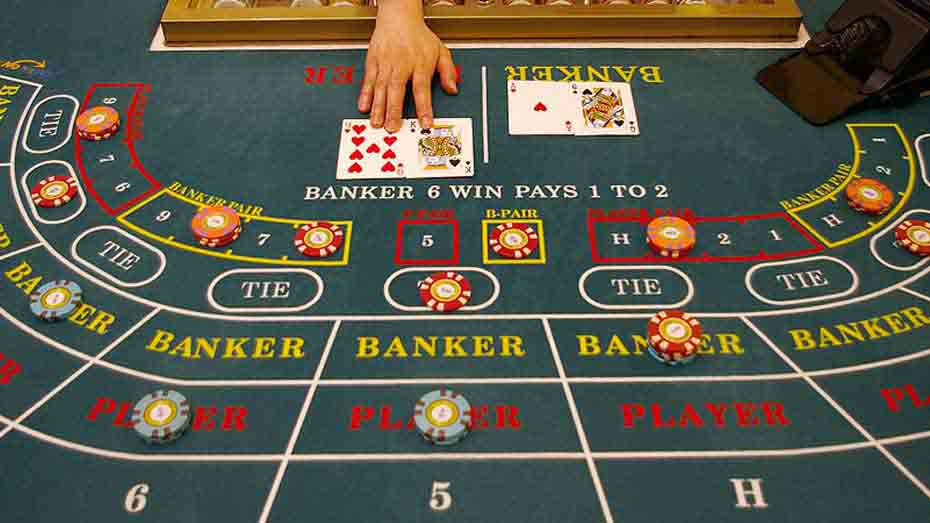
The Martingale System: Progression Betting
The Martingale system is one of the most well-known betting strategies employed by gamblers in various casino games, including baccarat. This strategy is based on the principle of progression betting, where players increase their bets after each loss in an attempt to recover previous losses and secure a profit. While the Martingale system can be enticing due to its apparent simplicity, it’s essential to understand its mechanics, advantages, drawbacks, and potential risks before incorporating it into your baccarat gameplay.
How the Martingale System Works
The Martingale system’s core idea revolves around the concept of “doubling up.” Here’s how it generally works in baccarat:
The Paroli Strategy: Positive Progression
The Paroli strategy, often referred to as the “Paroli betting system,” is a positive progression betting method that aims to capitalize on winning streaks while minimizing losses during losing streaks. This strategy contrasts with the negative progression systems like the Martingale, where bets increase after losses. The Paroli strategy is commonly used in various casino games, including baccarat, with the intention of maximizing profits during periods of success. Let’s explore how the Paroli strategy works, its advantages, potential pitfalls, and tips for effective implementation in baccarat.
How the Paroli Strategy Works
The Paroli strategy is characterized by its simple and optimistic approach:
The 1-3-2-6 Betting System: Progressive Betting with Controlled Risk
The 1-3-2-6 betting system is a structured positive progression strategy often employed in casino games like baccarat. This system aims to guide players through a series of bets, with the goal of maximizing profits while minimizing potential losses. By maintaining a controlled risk-reward ratio and capitalizing on winning streaks, the 1-3-2-6 betting system offers an organized approach to baccarat gameplay. Let’s delve into the mechanics, advantages, potential drawbacks, and implementation tips for this strategy.
How the 1-3-2-6 Betting System Works
The 1-3-2-6 betting system involves four betting units, where each unit represents a specific multiple of your base bet. Here’s a breakdown of how it operates:
The Labouchere System: A Balanced Betting Approach
The Labouchere System, also known as the Cancellation System or Split Martingale, is a favored strategy among baccarat players aiming for a more controlled and steady betting method. Regarded as a well-balanced system, it involves setting a specific profit goal and using a sequence of numbers to determine bet sizes. The Labouchere System empowers players to manage their bets more precisely while working towards achieving their desired profit objective.
How the Labouchere System Operates
Differing from other strategies that involve increasing or doubling bets after wins or losses, the Labouchere System revolves around crafting a betting sequence that dictates the size of each wager. To employ the Labouchere System in baccarat, adhere to these steps:
The Fibonacci Sequence Strategy: A Gradual Betting Approach
The Fibonacci sequence strategy is a unique betting system that draws inspiration from the famous Fibonacci number sequence. This strategy is designed to provide a more gradual progression of bets compared to some other betting systems. It’s often used in casino games like baccarat, where players aim to capitalize on winning streaks while managing risk during losses. This strategy’s mathematical basis and slower progression make it an intriguing option for players seeking a more measured approach. Let’s explore how the Fibonacci sequence strategy works, its benefits, potential limitations, and tips for effectively applying it to baccarat.
How the Fibonacci Sequence Strategy Works
The Fibonacci sequence is a series of numbers where each number is the sum of the two preceding ones: 1, 1, 2, 3, 5, 8, 13, 21, and so on. In the context of betting, the Fibonacci strategy involves using these numbers to determine your bet sizes. Here’s how it operates:
Banker or Player: Choosing Your Bet
One of the fundamental decisions in baccarat revolves around choosing whether to bet on the “banker” hand, the “player” hand, or in some cases, the “tie” outcome. Understanding the statistical advantages, house edge, and strategies associated with each option is essential for informed decision-making in this classic casino game.

The Player Bet
The “player” bet involves placing your wager on the player’s hand. This is the more straightforward bet of the two and comes with a slightly higher payout compared to the banker bet. However, it’s important to remember that the payout is the same as the amount wagered (1:1) due to the commission that casinos take on banker bets.
Advantages:
Disadvantages:
Higher House Edge: The player bet has a slightly higher house edge compared to the banker bet, reducing the overall probability of winning over the long term.
The Banker Bet
The “banker” bet involves betting on the banker’s hand. This is considered one of the most favorable bets in baccarat due to its lower house edge and better odds of winning. However, casinos typically charge a commission (usually around 5%) on winning banker bets to maintain their edge.
Advantages
Disadvantages
Commission: The commission on banker wins reduces the immediate payout, which might discourage some players from choosing this bet.
The Tie Bet
The “tie” bet involves wagering that the player and banker hands will have the same value at the end of the round. While this bet offers substantially higher payouts (usually 8:1 or 9:1), it also comes with a much higher house edge, making it one of the riskiest bets in baccarat.
Advantages
High Payout: The tie bet offers the highest payout of all baccarat bets, making it tempting for players seeking a big win.
Disadvantages
High House Edge: The tie bet has a significantly higher house edge compared to both the player and banker bets. This makes it a riskier option with lower odds of winning.
Choosing Wisely: Strategy and Considerations
When choosing between the banker and player bets, here are some strategies and considerations to keep in mind:
Trying Different Baccarat Strategies
When it comes to baccarat, the path to success is rarely linear, and there is no one-size-fits-all strategy that guarantees consistent wins. Therefore, it’s important to embrace the idea of trying different strategies and approaches to find what works best for you. Here are some key points to consider when experimenting with different strategies:
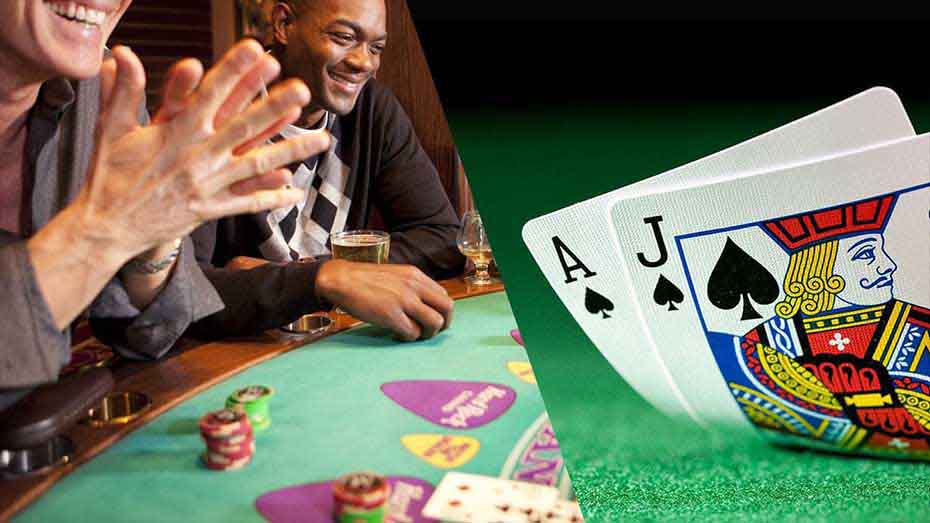
Diversification of Approach
Just as in investing, diversification can play a role in your baccarat strategy exploration. Don’t limit yourself to a single strategy. Instead, consider trying out various strategies and rotate them based on the specific game dynamics and your comfort level.
Practice in Low-Stakes Games
Before committing to a new strategy in a high-stakes game, take advantage of low-stakes tables or even free online baccarat games. This allows you to familiarize yourself with the strategy, understand its nuances, and see how it performs in real-world scenarios without risking substantial amounts of money.
Adapting to Game Conditions
Baccarat is influenced by various factors, including trends, streaks, and player sentiment. As you experiment with different strategies, remain adaptable. Certain strategies might perform better under specific conditions, so be prepared to switch strategies based on the evolving dynamics of the game.
Learning from Other Players
Engaging with other baccarat players can provide valuable insights. Share your experiences with fellow players and learn from their strategies as well. Keep in mind that what works for one person might not work for another, but the exchange of ideas can lead to new perspectives.
Balancing Risk and Reward
While trying different strategies, pay attention to the balance between risk and potential reward. Some strategies might offer more conservative betting patterns, while others could involve higher risks for potentially larger payouts. Your personal risk tolerance should guide your decisions.
Emotional Detachment
Regardless of the strategy you’re trying, emotional detachment is crucial. Don’t let emotions like frustration or overconfidence cloud your judgment. Stay focused on the strategy’s principles and guidelines, and avoid making impulsive decisions based on short-term outcomes.
Long-Term Observations
Remember that the effectiveness of a strategy cannot be determined based on a few rounds or even a single session. Long-term observations are key to evaluating a strategy’s viability. Be patient and give each strategy enough time to demonstrate its potential.
Combining Elements
Don’t hesitate to combine elements from different strategies if you find that certain aspects work well together. This personalized approach can help you create a strategy that aligns with your strengths and preferences.
FAQs
Conclusion
In the world of chance and elegance that is baccarat, strategies emerge as guiding stars for those seeking to transcend luck. This exploration into a spectrum of strategic methodologies illuminates the potential paths to success within the game’s intricate folds. From the systematic progression of the Martingale system to the positive optimism of the Paroli strategy, and the structured elegance of the 1-3-2-6 betting approach to the nuanced Labouchere and Fibonacci systems, players are armed with an arsenal of tactics to navigate the game’s uncertainties. The article underscores that while choice between player, banker, and tie bets involves a blend of statistical insight and personal inclination, the key to baccarat excellence lies in embracing diversification, careful practice, adaptability, and emotional discipline. Baccarat’s stage is set for players to weave their own strategies into the fabric of chance, transforming the game into an art of calculated brilliance.









